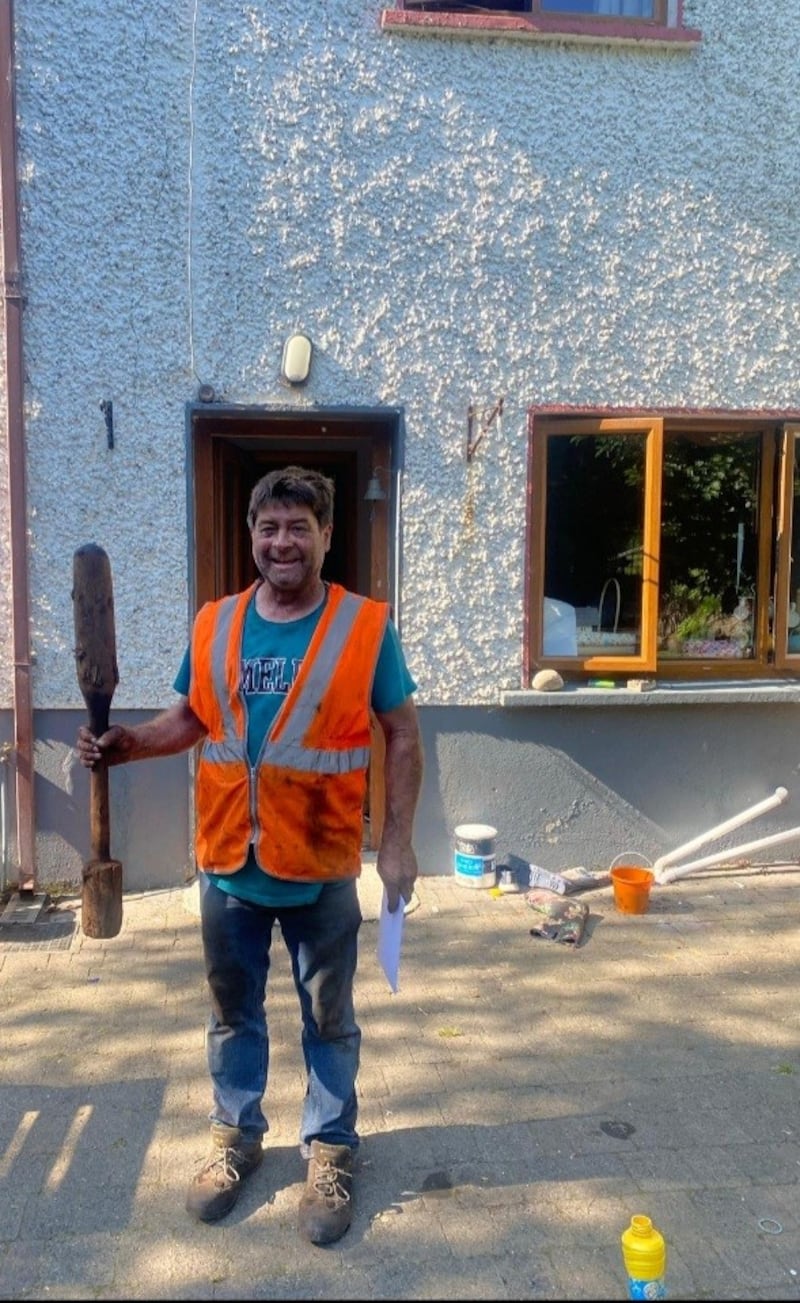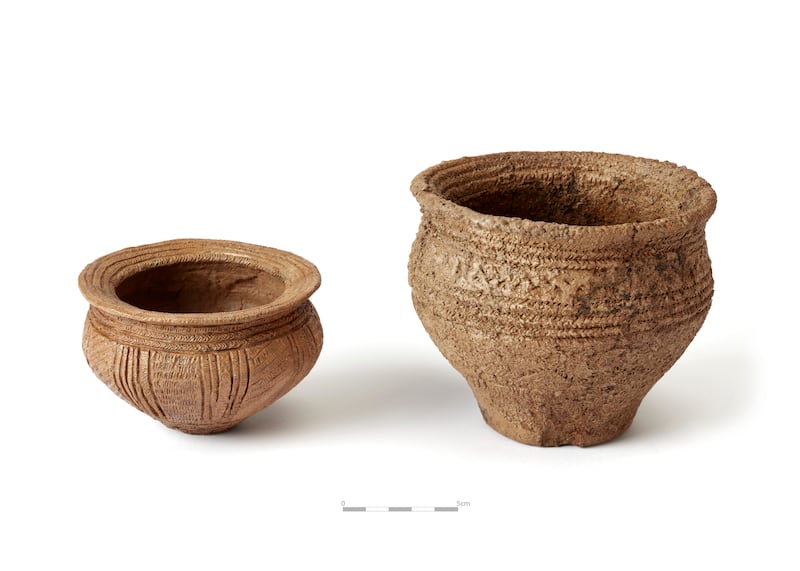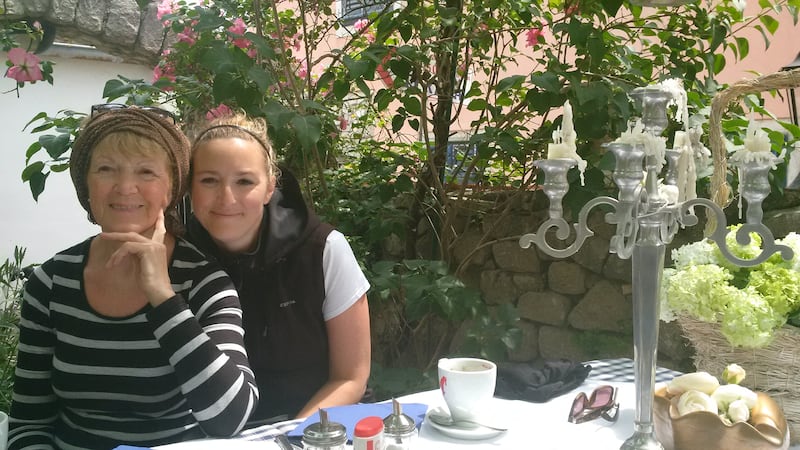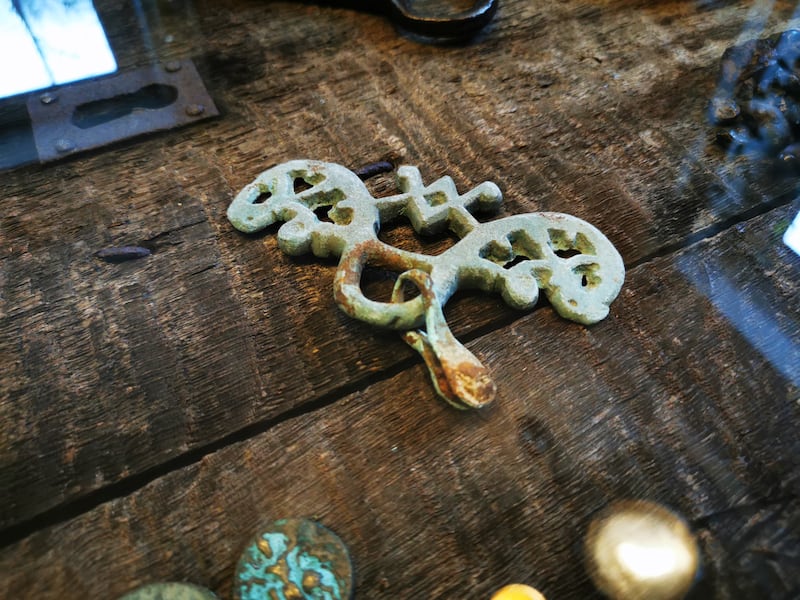Time and history layer up over years and eras. Walk the fields and highways of Ireland and pause to wonder what might be lying beneath. But what if you do end up tripping over or digging up something special?
According to Maeve Sikora, keeper of Irish antiquities at the National Museum of Ireland, all you have to do is call.
“A huge element of our collections are excavated under license by commercial archaeologists but an average of around 120 chance finds come to us every year,” says Sikora. “And that is individuals finding things, ringing us up – maybe sending us a photograph – and then us going out to the site and investigating.”
One of Ireland’s greatest national treasures, the Ardagh Chalice, was famously found by two boys, Jim Quinn and Paddy Flanagan, digging for potatoes in Limerick in 1868. Quinn’s mother sold the chalice to the Bishop of Limerick and it is now on display at the National Museum.
READ MORE
But fans of Detectorists, or budding Indiana Joneses take note: times and the law have changed. Since 1930, legislation under the National Monuments Act protects artefacts in this country and stipulates that all treasures found belong to the State, and discoveries should be reported within 96 hours, which is four days.

Neither do things have to glitter in silver and gold to be highly prized. In 2021 Vincent Holton was working on a peat bog in Co Kildare when he spotted something interesting that looked like a bat or a club.
“I thought it was a piece of machinery but when I looked more closely I saw it had been made by hand,” Holton recalls.
Remembering his woodwork class from school, he saw that there were no lathe marks. It also looked old. Exactly how old was only revealed after he called the team at the National Museum and his discovery turned out to be a wooden club which radiocarbon dating shows to have been made around 1,400BC.
Is there a special number, a discoveries hotline to telephone in such instances?
“No,” says Sikora. “Just call the National Museum and we’ll have someone on hand to help.”
Holton’s find had already been dragged by the tractor but Sikora and the team at the museum ideally prefer to see artefacts exactly as they lay, which is another way of saying: please don’t dig them up. “When you see them in situ it just rolls back time,” says Sikora. “It is a wonderful part of the job.”

“If you’re ever in any doubt, call the Museum,” says Sikora, who also confirms the team get just as excited about small ceramic pots as they do over large lumps of gold. “Gold is obviously special but there’s something very personal about seeing a vessel, such as a funerary vessel, that may have been put in the ground with someone 4,000 years ago.”
She continues: “We had a really, really nice report of ceramic pots from Kilkenny. They were part of two early Bronze Age graves that were discovered during landscaping by a young family over a bank holiday during Covid.”
Father of the family Nigel Meredith takes up the story. “We were digging out a bit of the yard,” he confirms. “We just happened to graze off the rock and come upon these cist graves.”
Like most people, Meredith had a moment of thinking, “Ah, but will this not hold up the project?” but he and his wife Alma consulted a local archaeologist who recommended contacting the National Museum, who in turn arrived within 48 hours.
Sikora and her team’s excavation took about a week. “They were great. There was absolutely no problem with it. It was actually a bit of a buzz for the kids. I’m proud of it,” Meredith adds. “Maeve says they’re about 4,000 years old and I wonder, what made them choose here? And now we live here, you know? They must have really loved this area to pick this spot.”
How many people get the privilege of seeing something that was made millennia ago, he asks, while also commending his contractor, who brought the existence of the capstones to his attention. These top stones form the so-called lid on the stone boxes made to house the vessels, which held bone remnants. The family was invited by the museum to see the vessels, one of which had been lying on its side and had broken into fragments; it has now been repaired by the museum’s expert team.

Part of our fascination with objects from the past lies in the stories they can tell; and the stories of the finders can become part of those tales. Diana Gabel’s grandfather, Walter Gabel, came to Killarney to work for the Liebherr company in the 1950s. There, he met Margaret Lenihan and the pair fell in love. Overcoming obstacles of faith and geography, the two married and eventually settled in Germany.
Fast forward almost 60 years and the extended family made a trip to Killarney to revisit the couple’s favourite places. On the shores of Lough Guitane, Co Kerry, they spotted an intriguing piece of metal which they discovered was a rare cheek piece dating back to between the 11th to and 13th centuries.
“We were so happy to return the piece to the National Museum,” says Diana. “So that many more people can enjoy the beautiful piece. My grandparents are very proud of the find,” she adds. “It tells the story of their love.”

While Irish legislation means that any artefact found belongs to the State, and by extension to the people, it also means that in most instances citizen archeologists get a finders’ fee.
“It’s not an amount you’d buy a house on,” laughs Sikora. “But it is an acknowledgment and it does mean there’s no market for artefacts in this country because of the legislation,” she concludes. And we are all the richer for it.
Find details on the laws around metal detecting and reporting discoveries at museum.ie. And if you do discover something call 01 677 7444, or email antiquitiesdo@museum.ie
Read more on every aspect of Ireland’s Heritage and the more than 35 awards given by The Heritage Council to groups and individuals championing every aspect of it in today’s magazine, published with today’s Irish Times.














